Building Green on the Coast: Key Principles for Sustainable Architecture on Vancouver Island
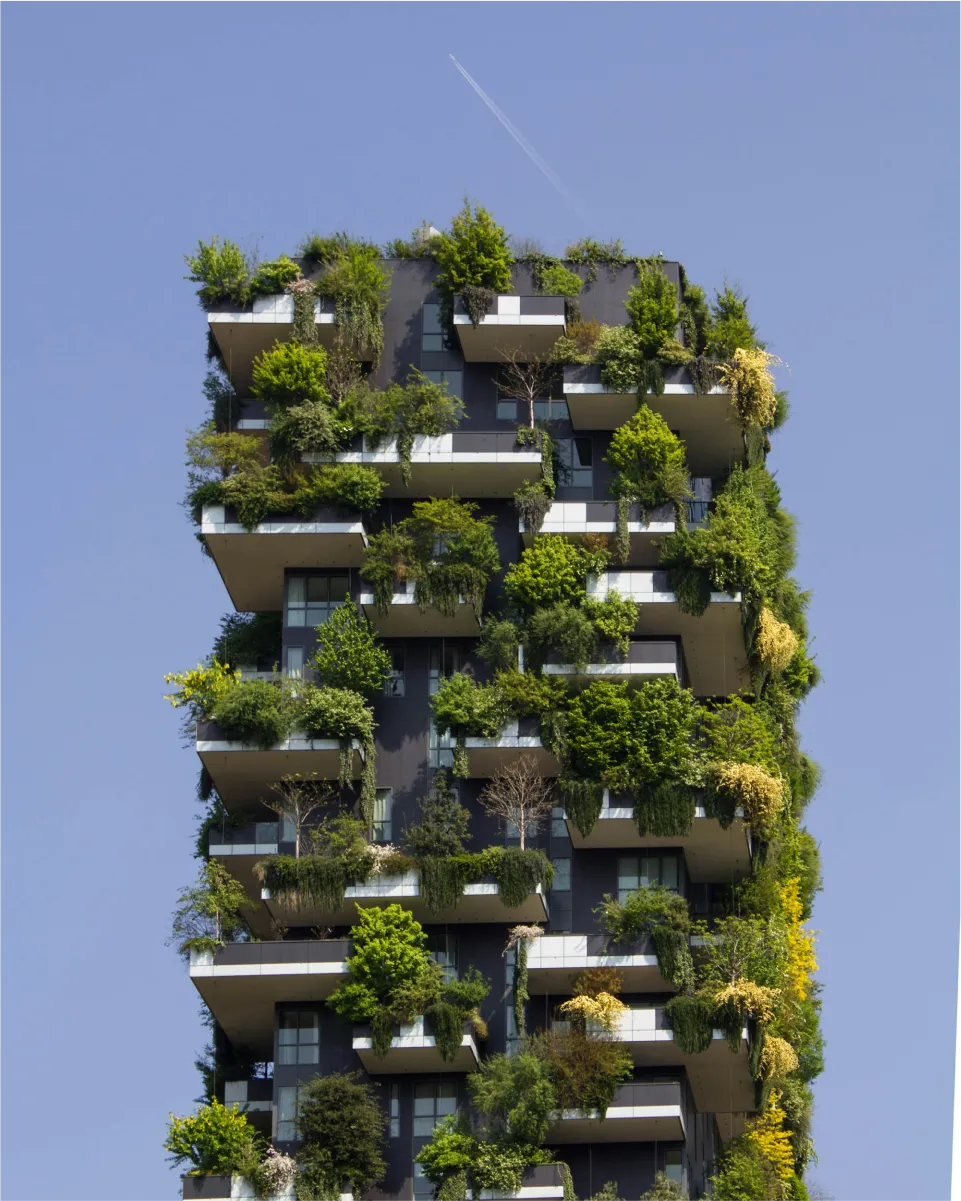
Introduction: Why Sustainable Architecture Matters on Vancouver Island
Vancouver Island’s rugged coastline, ancient rainforests, and vibrant ecosystems create a landscape of unparalleled natural beauty. This special environment is not just a setting for living. A delicate and changing system exists. It needs a careful and responsible way to develop.
As communities from Victoria to the northern coast grow, sustainable architecture is now a necessity, not just an option. Building green on the coast means making energy-efficient structures. These buildings should fit well with the island's climate, landscape, and future challenges.
The Unique Bioregion of Vancouver Island: A Call to Responsible Building
Vancouver Island is a unique bioregion in British Columbia. It has a temperate rainforest climate, a long coastline, and rich biodiversity.
This ecological wealth creates a profound responsibility for architects and builders. Sustainable design focuses on caring for our planet. It aims to reduce human impact and improve the link between buildings and nature.
Every design choice, from where to place a site to what materials to use, must consider its impact. This includes local watersheds, wildlife corridors, and the fragile coastal plants that define the island.
Addressing Climate Change and Coastal Resilience
The imperative for sustainable architecture is amplified by the realities of climate change. Coastal communities on Vancouver Island are facing significant challenges. They deal with rising sea levels, stronger storms, and changing weather. Green building practices directly address these challenges by reducing carbon emissions—a crucial step in mitigating climate change.
Buildings are a significant source of environmental impact, accounting for approximately 13% of Canada's greenhouse gas emissions. Sustainable architecture focuses on energy efficiency and resilience. This approach helps create homes and communities that can adapt to a changing climate.
Understanding Vancouver Island's Environmental Context for Design
Effective sustainable architecture begins with a deep understanding of place. On Vancouver Island, this means designing to fit its special environment. This includes its constant rain, varied landforms, and unique geological risks.
Climate-Responsive Design for the West Coast Temperate Rainforest
The island’s climate is dominated by mild, wet winters and cool, dry summers. This pattern dictates a climate-responsive design approach.
Designers should create buildings to maximize natural light and heat from the sun in winter. This helps reduce the need for artificial lighting and heating. Large overhangs can protect the structure from heavy rainfall while shielding interiors from excessive solar heat in the summer.
Designing for effective cross-ventilation helps cool spaces naturally, minimizing reliance on mechanical systems. The goal is to work with the climate, not against it, creating comfortable living spaces with minimal energy input.
Integrating with the Natural Landscape and Biodiversity
Rather than imposing a structure onto the land, sustainable design seeks to integrate it. This requires careful planning to protect mature trees and native plants. These provide shade, homes for wildlife, and help prevent erosion. Following the natural contours of the land reduces the need for extensive excavation and grading, minimizing site disruption.
Biophilic design strengthens this connection by using natural materials, views of nature, and patterns that mimic the natural world. This improves how people feel inside and helps them appreciate the surrounding landscape more.
Geohazards and Structural Considerations for Coastal Building
Building on Vancouver Island requires acknowledging and planning for geohazards, particularly seismic activity and coastal erosion. The area is in a high-risk earthquake zone. This requires building systems that meet strict building codes. For coastal properties, design must consider slope stability, possible landslides, and the erosion caused by wind and waves.
Sustainable architecture includes these resilience features from the start. It uses strong materials and solid engineering to keep buildings safe and long-lasting.
Core Principles for Energy Efficiency and Renewable Integration
At the heart of green building is a commitment to minimizing energy consumption and harnessing clean, renewable resources. For Vancouver Island, this means creating ultra-efficient buildings powered by on-site generation.
Optimizing the High-Performance Building Envelope
The building envelope includes the roof, walls, windows, and foundation. It is the main barrier between the inside and outside.
A high-performance envelope is the cornerstone of energy efficiency. This involves using a lot of insulation to reduce heat loss. It also includes installing triple-pane windows for better thermal performance.
Finally, we perform careful air-sealing to stop drafts. By making a super-insulated and airtight shell, the need for heating and cooling goes down a lot. This leads to big energy savings and better comfort for people inside.
Harnessing On-Site Renewable Energy
Vancouver Island’s climate is well-suited for renewable energy technologies, particularly solar panels. Despite the rainy reputation, the region receives ample sunlight, especially during the summer, to generate substantial electricity.
You can add solar photovoltaic (PV) systems to roofs. They can power homes, charge electric vehicles, and send extra energy back to the grid. As technology improves and costs decrease, harnessing solar energy is becoming an increasingly accessible and vital component of sustainable architecture on the island.
Applying Passive House Standards and Principles
The Passive House (Passivhaus) standard represents the pinnacle of energy-efficient design. It is a rigorous, performance-based standard that results in buildings requiring very little energy for heating or cooling. The main principles are:
- Good insulation
- An airtight building shell
- High-quality windows
- A design without thermal bridges
- Mechanical ventilation that recovers heat
These principles match the needs of Vancouver Island's climate. A Passive House offers great thermal comfort and better indoor air quality. It also lowers energy bills a lot. This makes it a top choice for sustainable building in British Columbia.
Sustainable Water Management Strategies
In a region defined by its abundant rainfall, managing water is a critical aspect of sustainable design. The goal is to capture this important resource. We want to manage stormwater wisely and support the local ecosystem with living systems.
Rainwater Harvesting and Responsible Stormwater Management
Capturing rainwater from rooftops is a simple yet powerful strategy. You can store this collected water in tanks. You can use it for watering plants, flushing toilets, and other non-drinking purposes. This helps reduce the demand on city water supplies.
Equally important is managing stormwater runoff. Instead of directing rainwater into storm drains, sustainable designs incorporate features like permeable paving, rain gardens, and bioswales. These elements allow water to infiltrate the ground slowly, replenishing groundwater, filtering pollutants, and preventing erosion.
Green Roofs and Living Architecture for Ecosystem Integration
A green roof, also known as a living roof, is a roof that has plants on it. These plants grow over a waterproof layer. This innovative approach offers numerous benefits for sustainable architecture.
Green roofs provide excellent insulation, reducing heating and cooling costs. They absorb rainwater, significantly decreasing stormwater runoff and easing the load on drainage systems.
They also provide important homes for pollinators and wildlife. They help improve air quality and increase the roof's lifespan. This makes them a useful feature for any green building on Vancouver Island.
Responsible Material Selection and Construction Practices
The materials used to build a building greatly affect its environmental impact. This includes everything from getting resources to disposing of them at the end. Sustainable architecture uses materials that are healthy, strong, and good for the environment.
Prioritizing Local, Sustainable, and Durable Materials
Choosing materials from British Columbia, like sustainably harvested wood, lowers carbon emissions from transport. It also helps the local economy. The focus is on materials that have a low carbon footprint. This means fewer greenhouse gas emissions during production and transport.
Durability is important. Choosing materials that can handle the coastal climate of wind, rain, and salt spray helps the building last longer. This also reduces the need for replacements.
The market for green materials is growing. Analysts expect the Canadian green building materials market to reach almost USD 15 billion by 2033.
Advancements in Low-Carbon Concrete and Recycled Content
Concrete is a fundamental building material, but its production is a major source of carbon emissions. The industry is rapidly innovating to address this.
Low-carbon concrete alternatives are becoming more common. They replace some cement with materials like fly ash or slag. Using a lot of recycled materials, like recycled steel and reclaimed wood, cuts down on waste. It also lowers the need for new resources, which helps reduce the building's environmental impact.
Healthy Interiors and Life Cycle Considerations
Sustainable design extends to the health of the indoor environment. This means choosing materials and finishes that have low or no volatile organic compounds (VOCs). These compounds can release gases that harm air quality.
A holistic approach also involves considering the entire life cycle of materials, from sourcing to disposal. Life Cycle Assessment (LCA) is a tool used to evaluate the environmental impacts of a product or building over its entire lifespan, guiding architects toward choices that are truly sustainable from cradle to grave.
Building for Coastal Resilience and Future Adaptability
Sustainable architecture on Vancouver Island must be forward-looking, anticipating the challenges of a changing climate and designing structures that can adapt over time.
Designing for Climate Change Impacts Specific to the Coast
Resilience is about more than just energy efficiency; it’s about durability in the face of specific coastal threats. This may involve elevating the main living spaces of a building in areas prone to storm surges or future sea-level rise. It requires selecting exterior materials that resist corrosion from salt spray and can withstand high winds. Designing landscapes with salt-tolerant native vegetation can create a natural buffer that protects both the property and the shoreline ecosystem.
Future-Proofing Through Flexible and Adaptable Design
A truly sustainable building is one that can adapt to the changing needs of its occupants over time. This involves designing flexible interior spaces that can be easily reconfigured for different uses, such as accommodating a growing family, an aging-in-place resident, or a home office. Designing for deconstruction—planning how a building can be taken apart and its materials reused or recycled at the end of its life—is the ultimate step in future-proofing, ensuring that today's resources do not become tomorrow's waste.
Leveraging Green Building Frameworks and Local Expertise
Experts use established frameworks and certification systems to guide high-performance sustainable design. Local professionals' knowledge is also essential.
Applying Certification Systems on Vancouver Island
Green building certification systems like LEED (Leadership in Energy and Environmental Design) and Passive House provide a clear roadmap and third-party verification for sustainable projects. LEED certification checks a building on many factors, including energy, water, materials, and indoor air quality. The ratings range from Certified to LEED Platinum. These frameworks help project teams set ambitious sustainability goals and ensure they are met, pushing the industry toward higher standards. The province's climate goals, which aim to cut building carbon emissions by 59 to 64 percent by 2030, are strongly supported by these rigorous standards.
The Importance of Local Collaboration and Knowledge
Frameworks provide the "what," but local expertise provides the "how." Collaborating with architects, engineers, and builders who have extensive experience on Vancouver Island is critical. They possess an intimate understanding of the local climate, permitting processes, and building practices. Local knowledge helps handle the special challenges of building on the coast. It also makes sure sustainable design principles are used well and efficiently.
Conclusion: A Sustainable Vision for Vancouver Island's Built Environment
Building green on Vancouver Island is an opportunity to create a built environment that is as resilient, beautiful, and vibrant as the island itself. It is about more than just technology and materials; it is a holistic philosophy that integrates human shelter with the natural world.
Embracing the Island's Unique Identity Through Architecture
Sustainable architecture can and should reflect the unique character of Vancouver Island. By using local wood, integrating buildings with the landscape, and designing in response to the coastal climate, we create structures that are not only high-performing but also deeply rooted in place. This approach fosters a unique regional architectural identity that celebrates and respects its environment.
The Path Forward: Collective Action for a Resilient Future
Creating a sustainable future for Vancouver Island requires a collective effort. Homeowners, developers, designers, and policymakers all have a role to play in championing and adopting green building practices. By following sustainable design principles, we can make sure future development improves island communities. It also protects valuable ecosystems and creates a strong legacy for future generations.

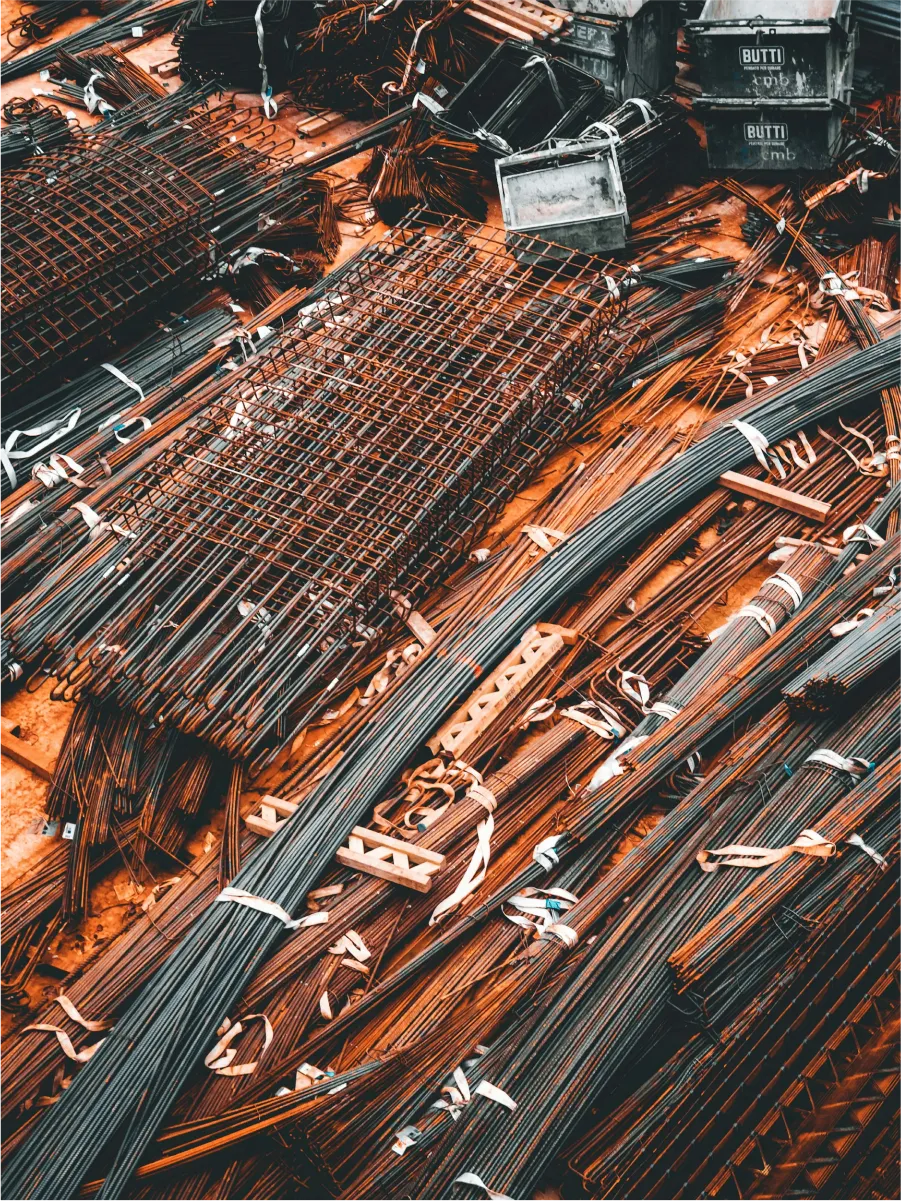
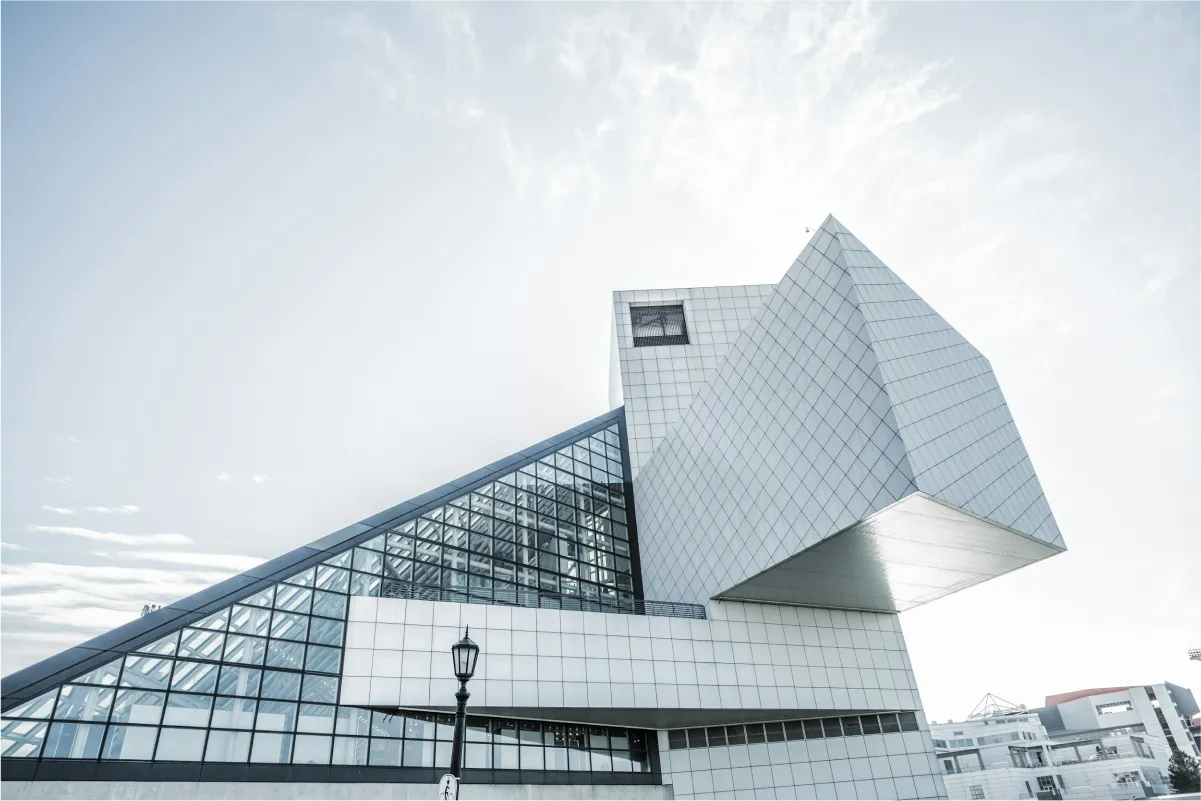
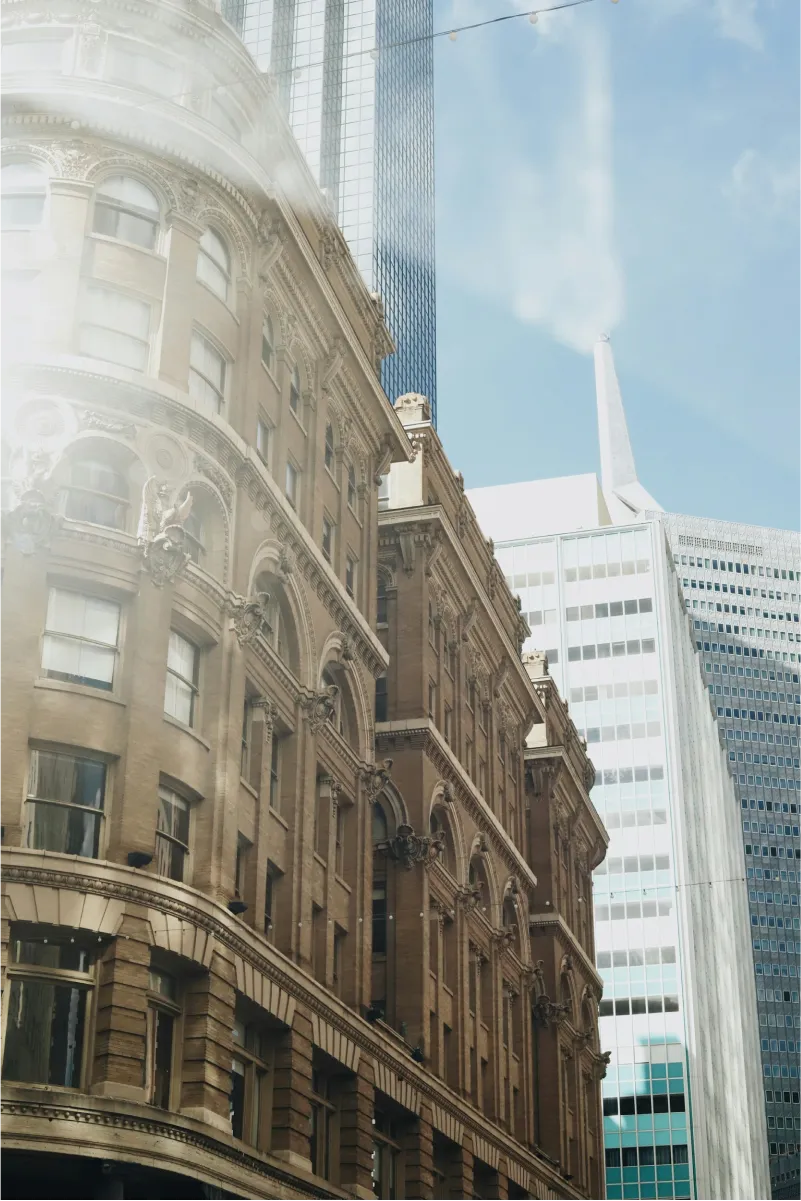
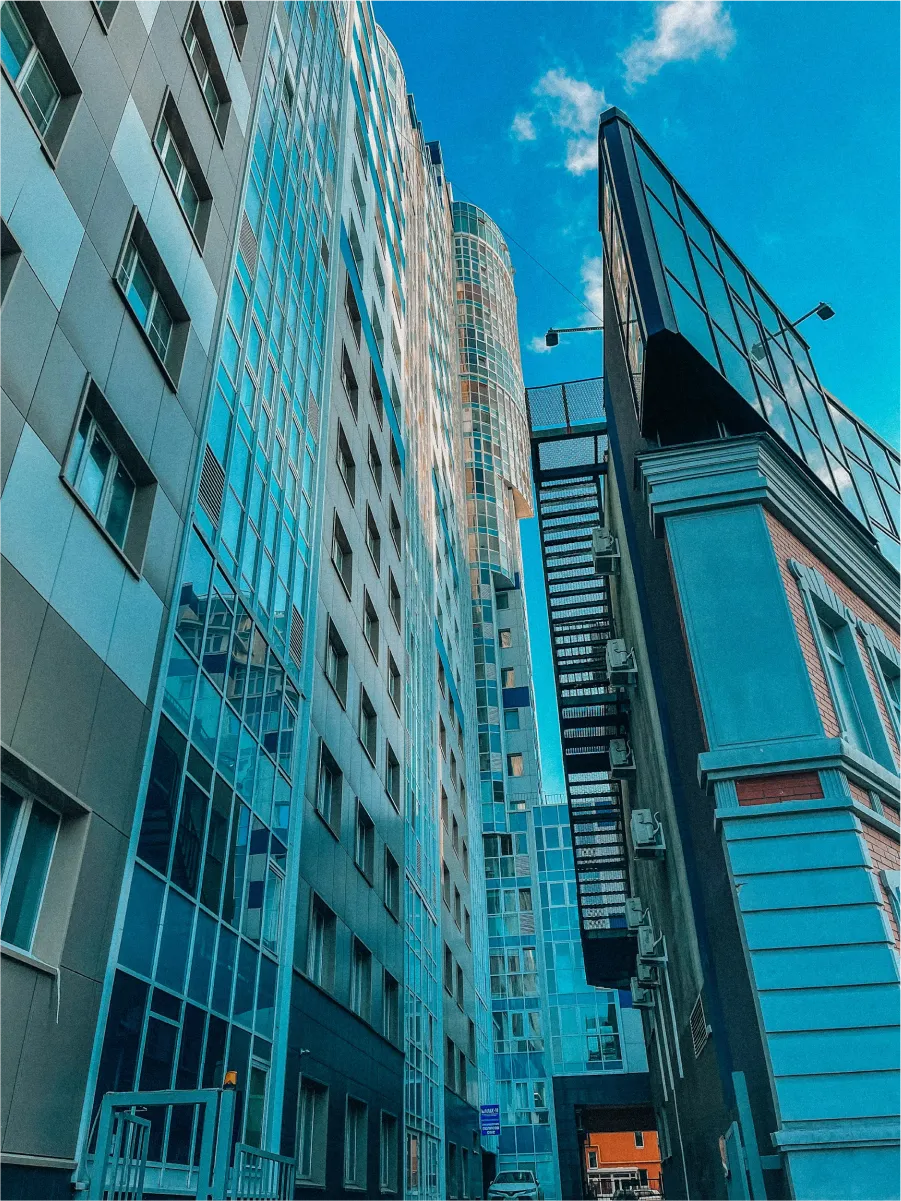
.jpg)